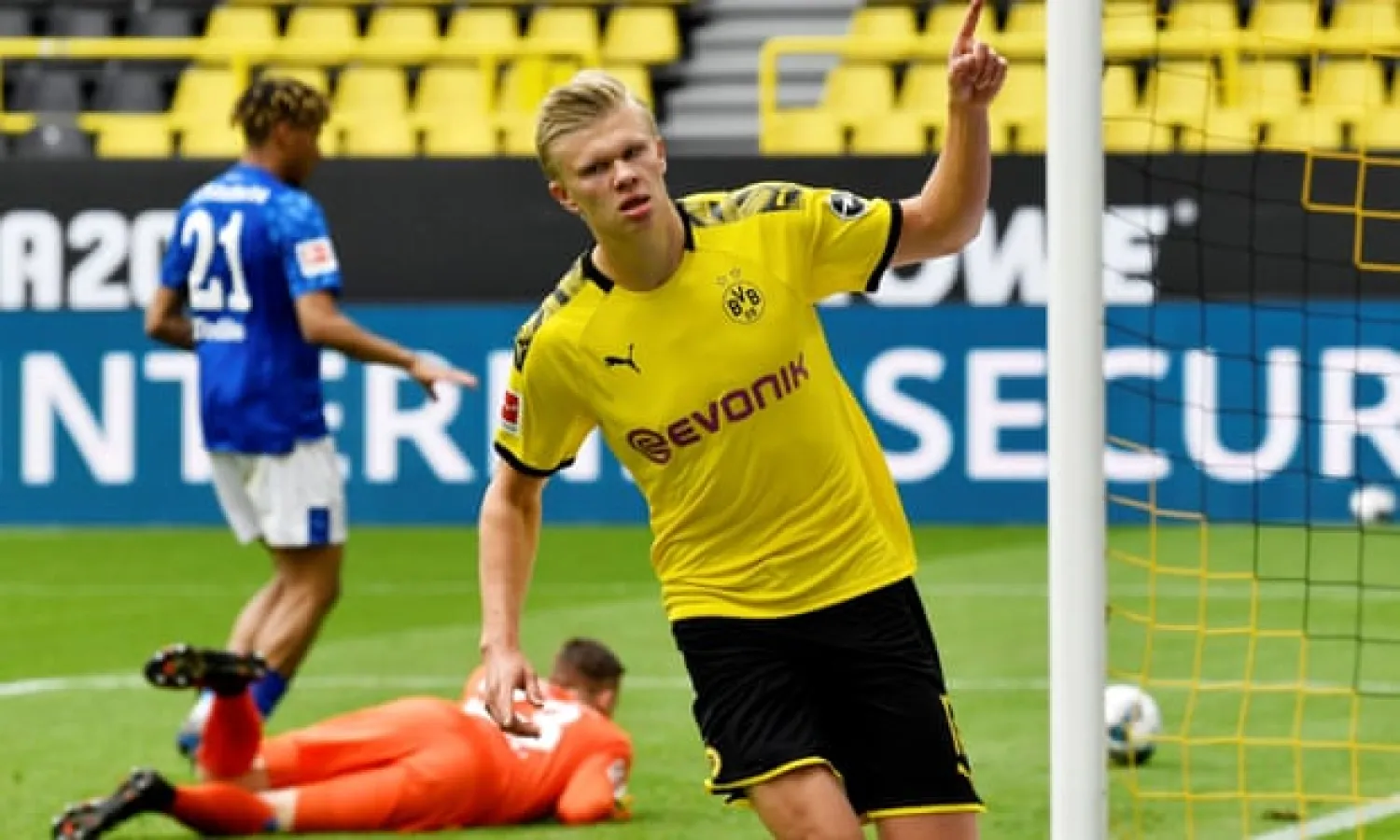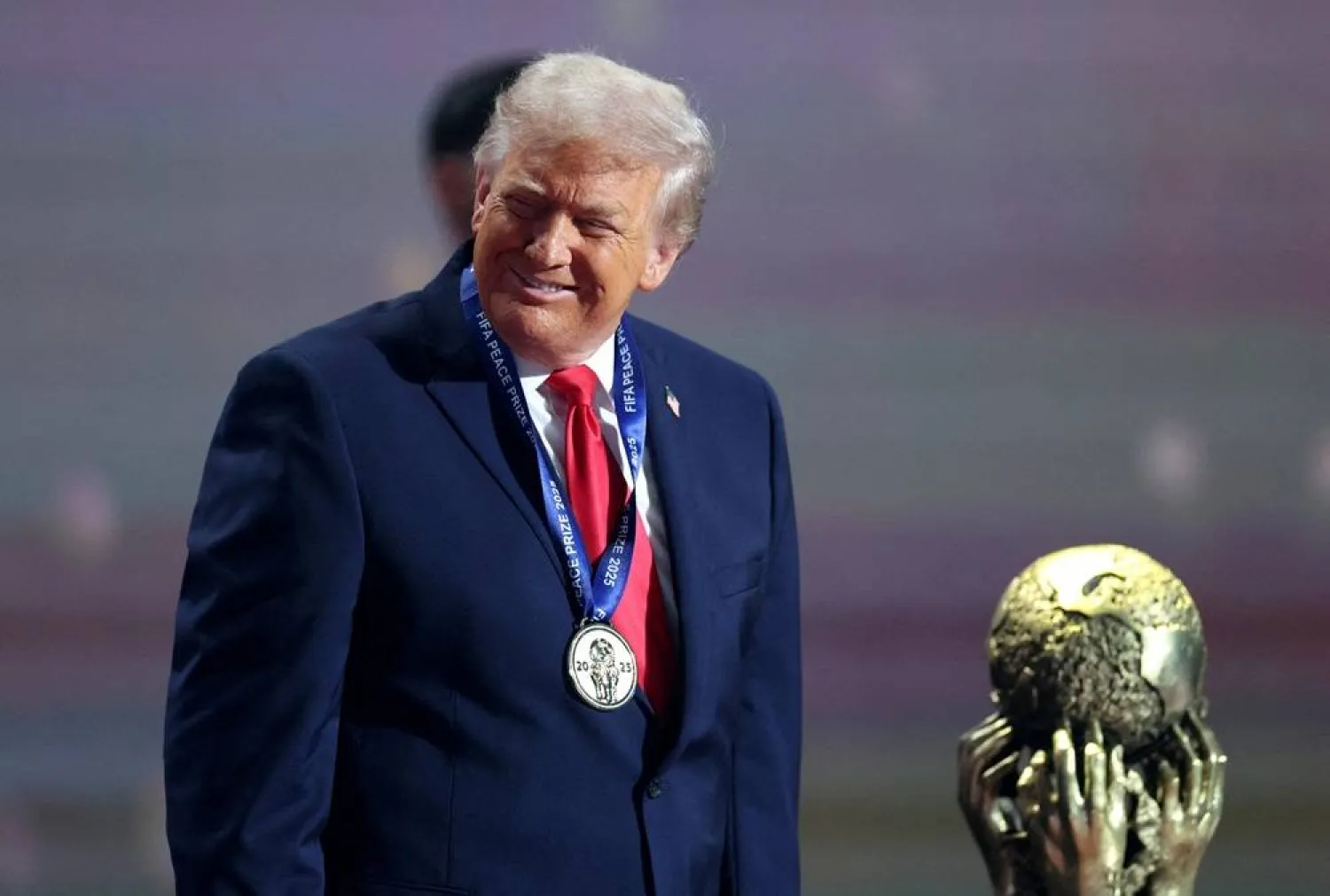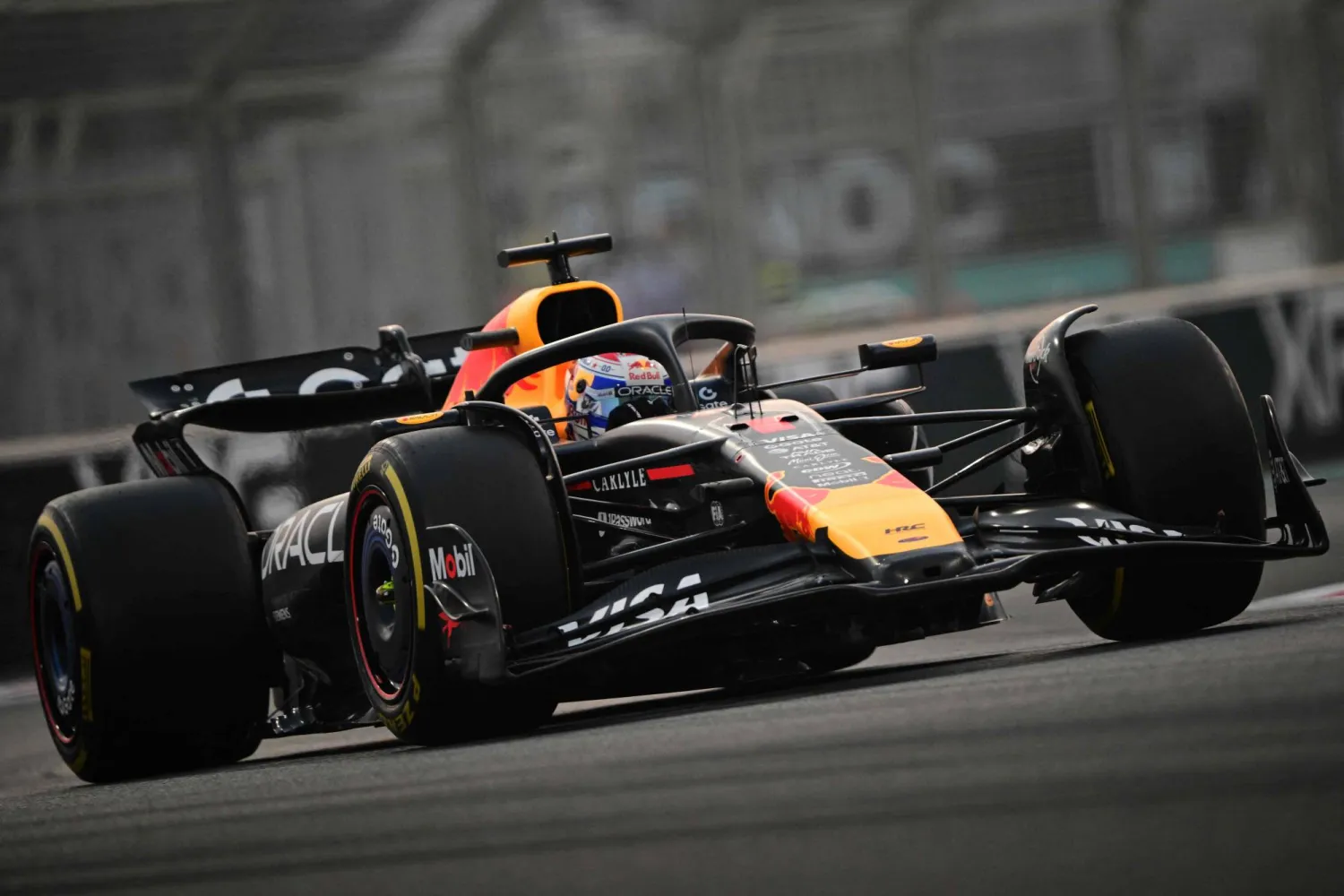Of course it was Erling Braut Haaland who scored the first Bundesliga goal after the resumption. Who else could it have been? Nobody else in the modern game seems to play with such a disregard for complication. Nobody else seems to treat the basic problem of getting the ball from his foot to the back of the net with the brusque clarity of Alexander contemplating the Gordian Knot. Nobody else seems such an embodiment of tomorrow.
Haaland’s goal against Schalke last Saturday was beautifully simple as he muscled on to a low cross to score with a first-time finish. But that description, though true, underplays the quality of the goal. The timing of the run to remain onside while getting in front of the defender was perfect, while the finish, opening his foot to guide the ball past the Schalke goalkeeper, Markus Schubert, was exquisite, requiring the sort of instinctive understanding of pace and spin and angles that the evolutionary biologist Stephen Jay Gould celebrates in Triumph and Tragedy in Mudville.
The calculations required for great athletic performance, he points out, are (literally) inconceivable: “The required action simply doesn’t grant sufficient time for the sequential processing of conscious decisions.”
Yet Haaland’s most obvious asset is his physique. Occasionally players come along who seem to have been built on a different scale. In 1954 word began to spread about a brilliant 16-year-old forward at Torpedo Moscow, Eduard Streltsov. Because of the weather, the Soviet season always began in the south so Torpedo’s first game in the capital was their sixth of the campaign, away against Lokomotiv. Not much was happening when Streltsov turned, pushed the ball into space, barged through two defenders, whipped past another and then smashed his shot into the net. It was, as his biographer, Alexander Nilin, wrote, “a miracle of simplicity”. Streltsov’s genius was confirmed.
What followed is one of the great mysteries of Soviet sport. Streltsov became a star, an awkward status to have in Nikita Khrushchev’s USSR. Then, 62 years ago on Monday, he was accused of raping a woman at a party on the last night of the national team’s pre-World Cup training camp at Tarasovka, just outside Moscow. He was convicted and served six years in the gulag.
His case has fascinated fans and historians ever since. Garry Kasparov led a campaign to clear his name, while the researcher Axel Vartanyan has spent much of the past three decades sifting through KGB archives to try to work out what happened, regularly publishing articles about new pieces of information he has found.
The rape and the various conspiracy theories around it understandably dominate contemporary discourse but those four years between his debut and Tarasovka are also revealing, less for what they say about Streltsov than about the way we treat those for whom the game seems to come so easily.
In 1954 football was in the early stages of revolution. A back four and zonal marking were taking root in Brazil. The quietly radical coach Viktor Maslov had left Torpedo the previous season but would return in 1957; the following decade he would pioneer pressing and the 4-4-2 formation at Dynamo Kyiv. Fundamentals of the game that had stood inviolable for a quarter of a century were beginning to be challenged. Then amid all the tactical discussion and the theories, along came a 16-year-old who just knocked the ball into space, swatted aside opponents and thumped the ball past the keeper.
What response could there be to Haaland’s second against Paris Saint-Germain in February but to laugh at its ridiculous simplicity? Or think of Bobby Robson’s reaction to Ronaldo’s goal against Compostela in 1996, clutching his head in disbelief that somebody could make the game look so easy.
Haaland is 19. Ronaldo had just turned 20. Streltsov was 16. Perhaps only the young, unencumbered by the complications and doubts of experience, have the clarity to approach football with such insolence. Because to make the game look so straightforward is problematic. It offends against the lore of the game. If it is that easy, why can’t they do it all the time? But of course it’s not that easy. Haaland, Ronaldo and Streltsov scored those goals not only because they were stronger and quicker than opponents but because the space opened up for them and they had the awareness to identify and seize the opportunity, to know when to push the ball into a gap and at what pace, to know when the forces would align in such a way that defenders could be brushed aside. Sometimes, perhaps, that vision isn’t with them. Sometimes the disposition of players on the pitch isn’t right. But the wider point is that made by Gould: just because they make something look easy doesn’t mean it isn’t genius.
That very ease makes us perhaps undervalue those moments. Between 1954 and 1958, there was criticism of Streltsov for the games in which he seemed to do nothing. Coaches spoke of his hypochondria, the days when he would complain his legs felt heavy and they would almost have to push him out on to the pitch. He moaned about his flat feet and playing in the heat of summer. Expectation and the frustration when he failed to deliver – his own and that of others – sapped at him. Ronaldo, too, struggled to live up to his talent and promise. Exactly what happened before the 1998 World Cup final remains unclear but the wider pattern of him being pushed to the limits of physical endurance was clear.
The temptation is to look on such forwards as though they are heaven-sent heroes, endowed with great gifts to do great things. There is a danger of taking them for granted, as though with that physique there is something inevitable about their brilliance. There is not. The strain – physical, mental and emotional – can still be enormous.
Haaland is a wonderful talent, capable of making football look the most absurdly simple thing, but we shouldn’t be lured into thinking it is simple, that it comes without cost, even for him. We should never let ourselves believe his excellence is routine.
The Guardian Sport









